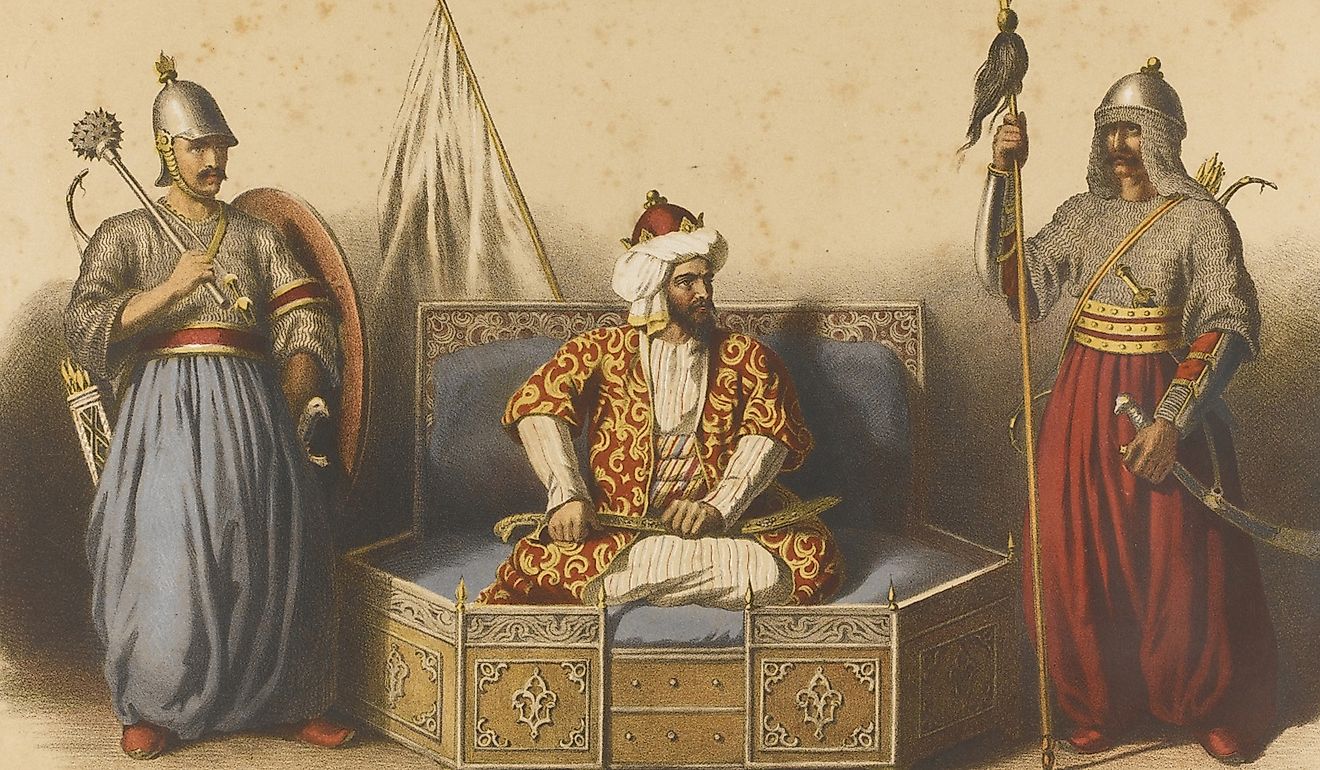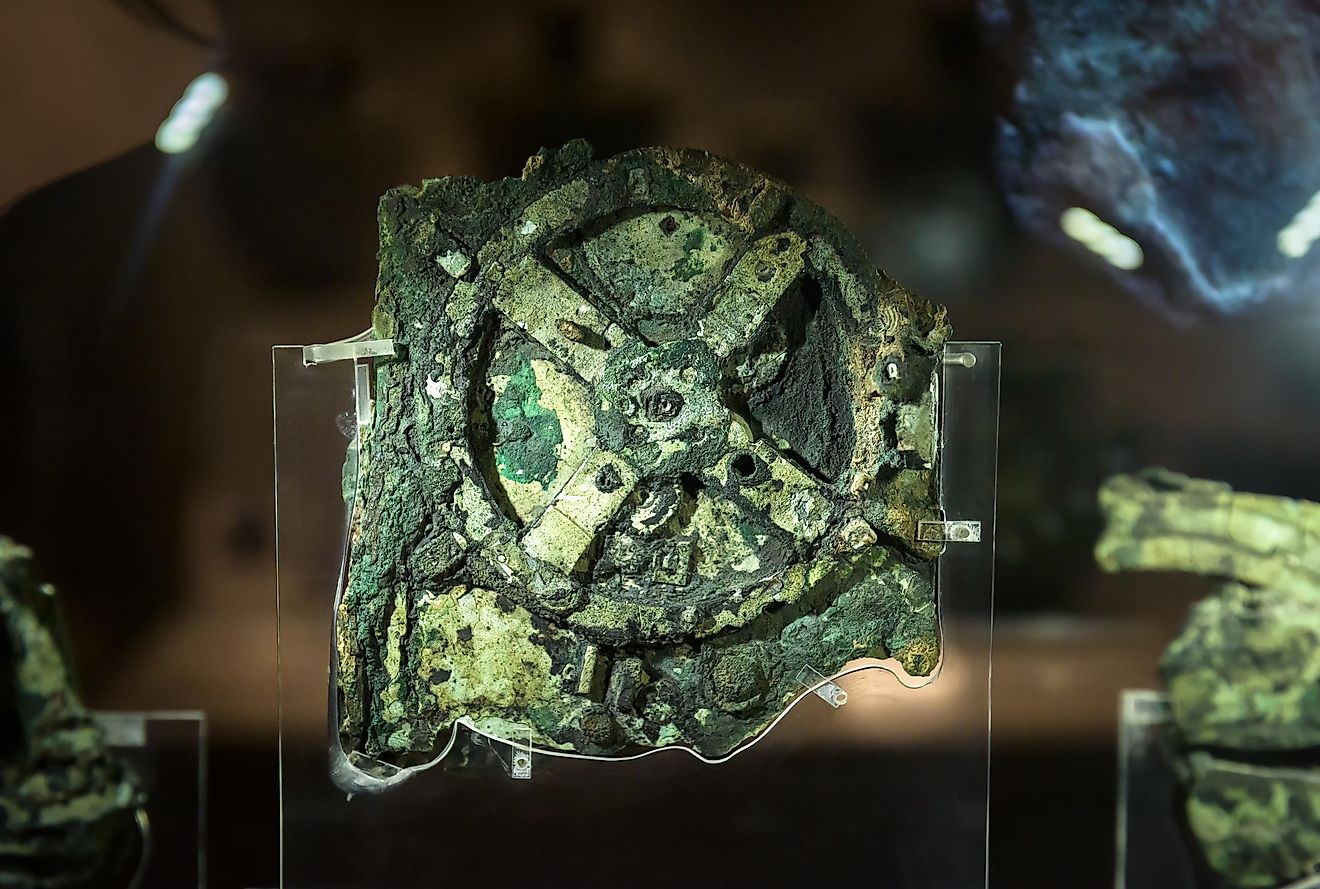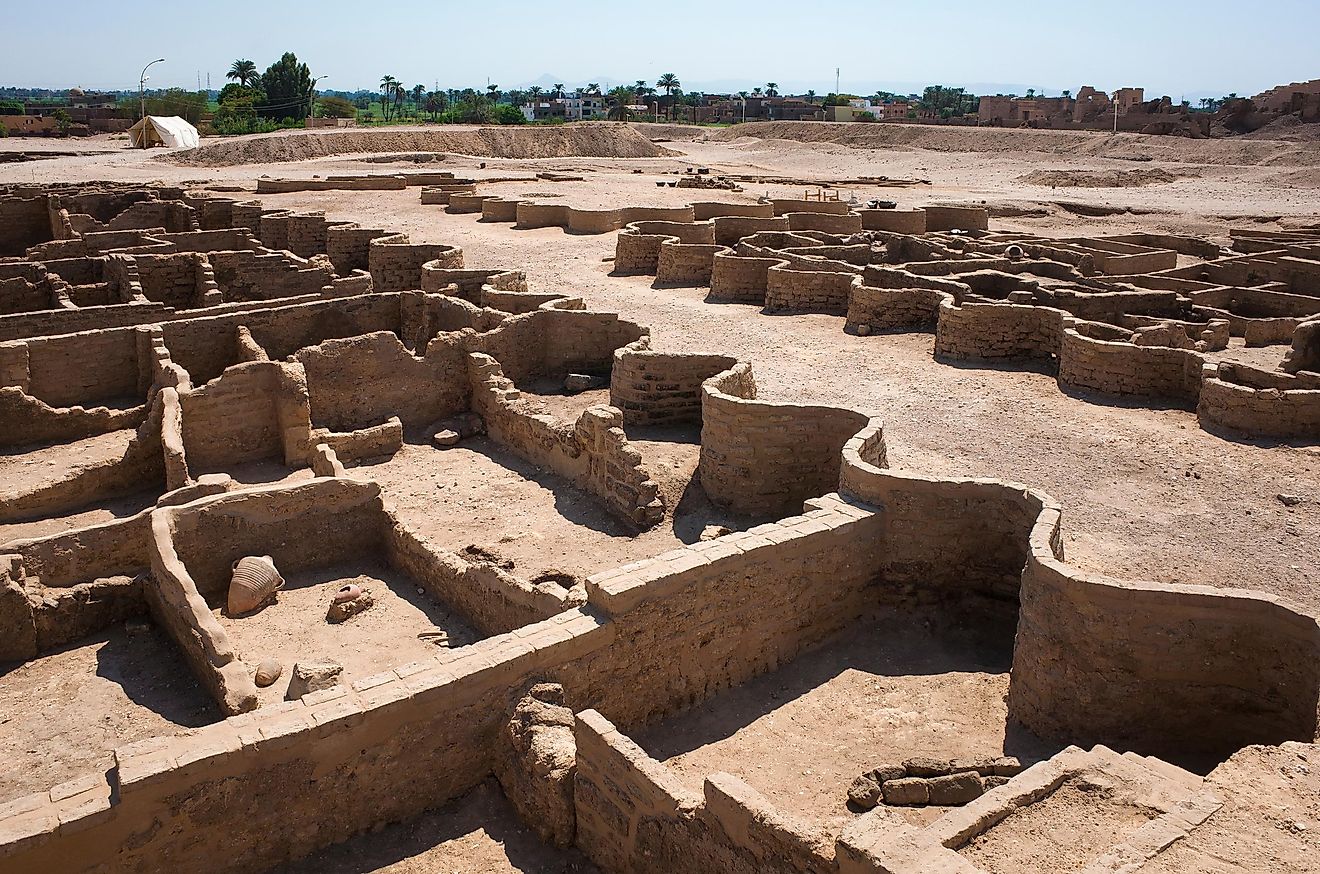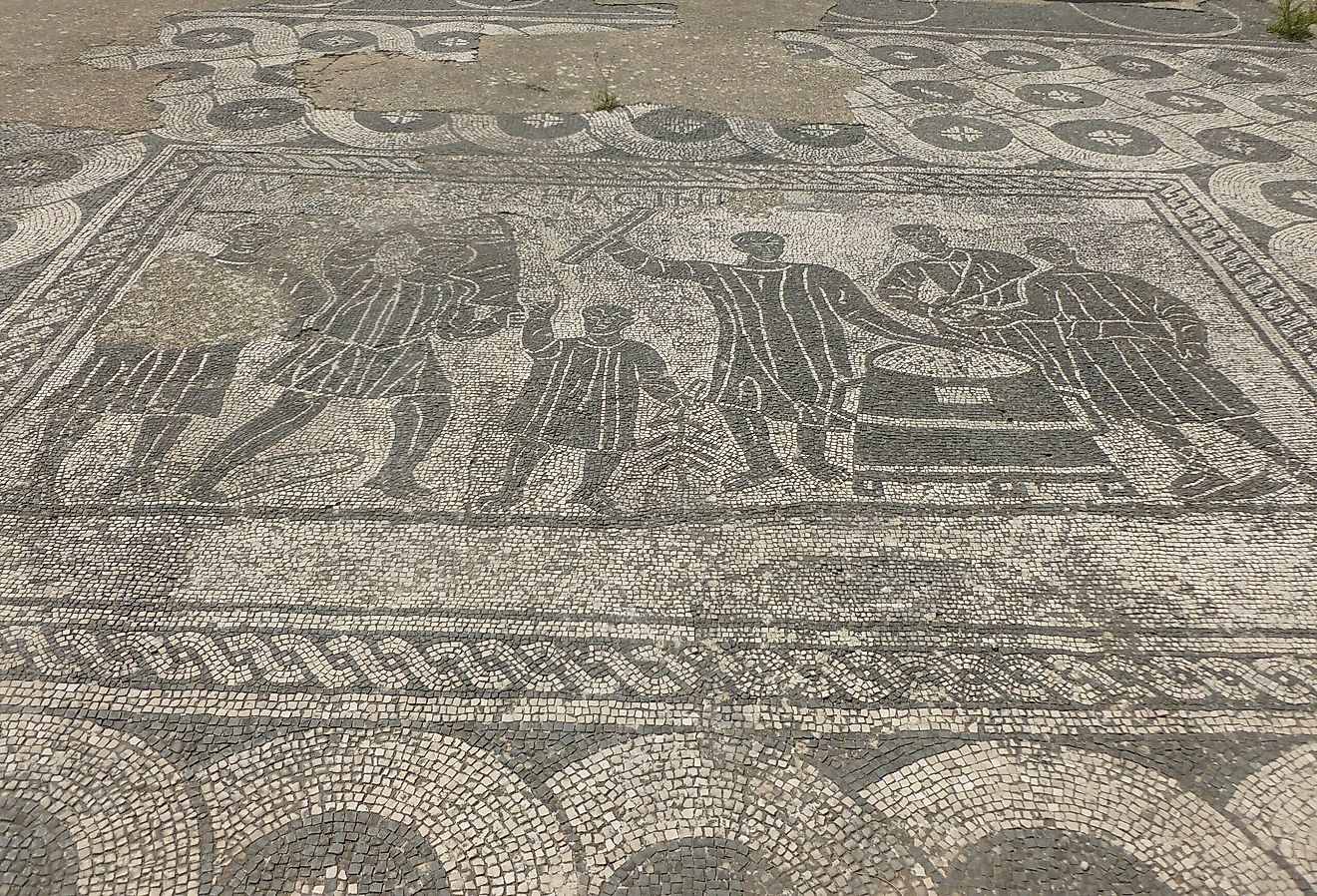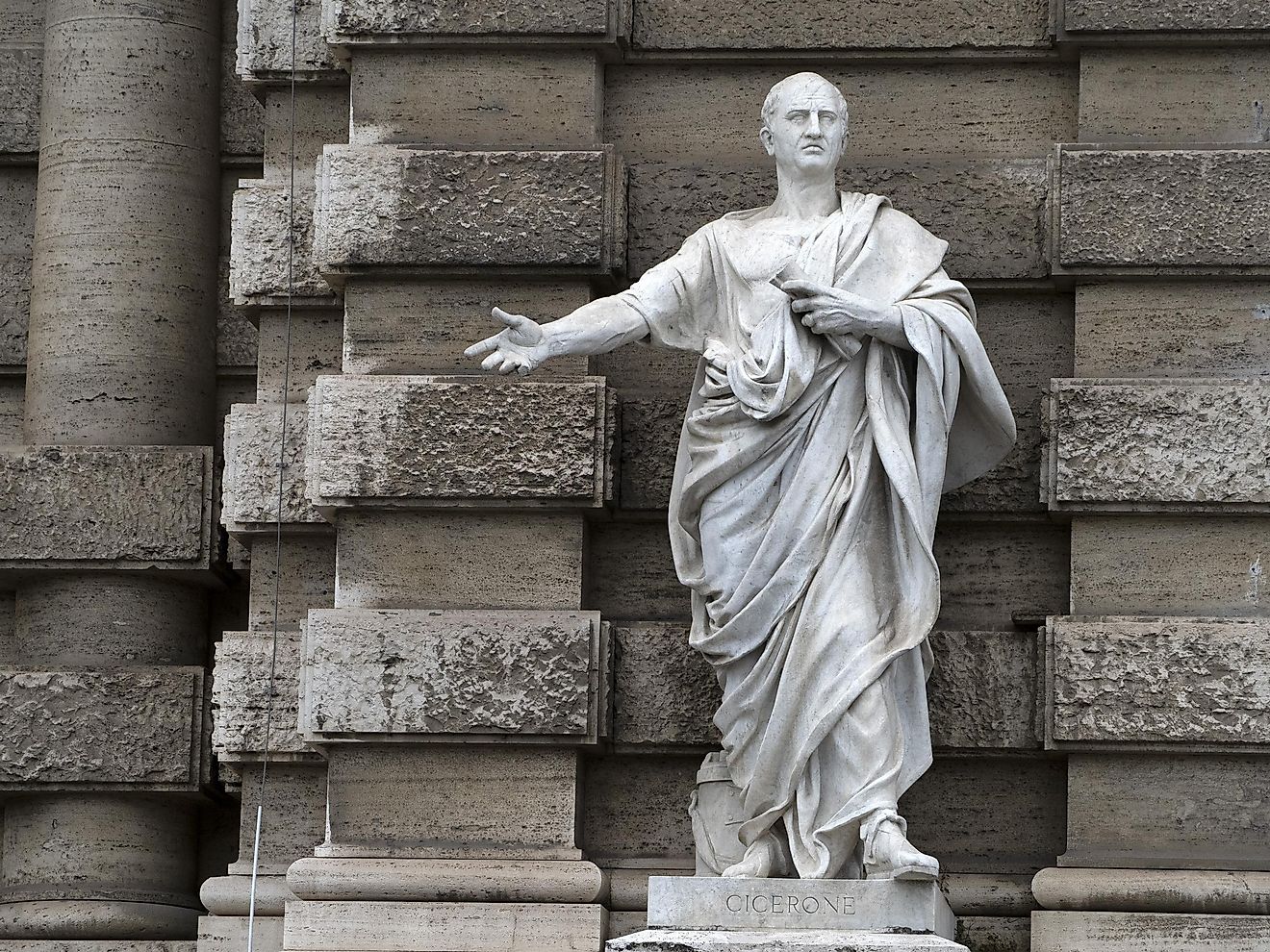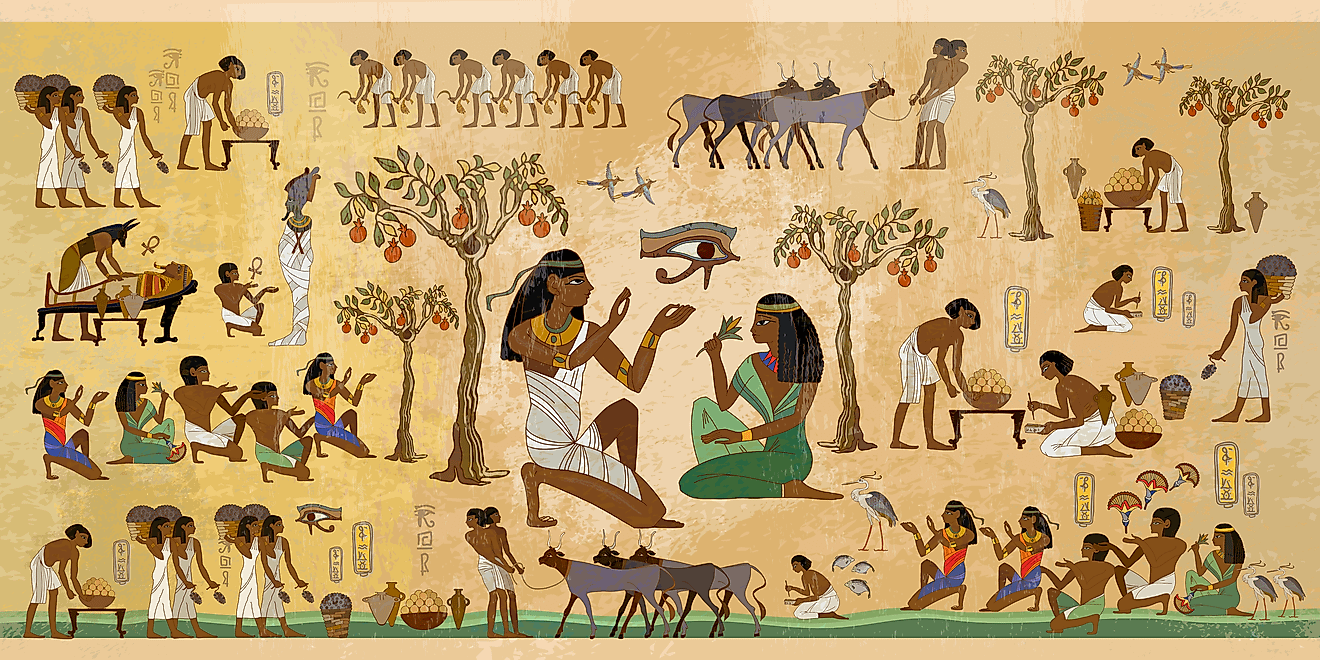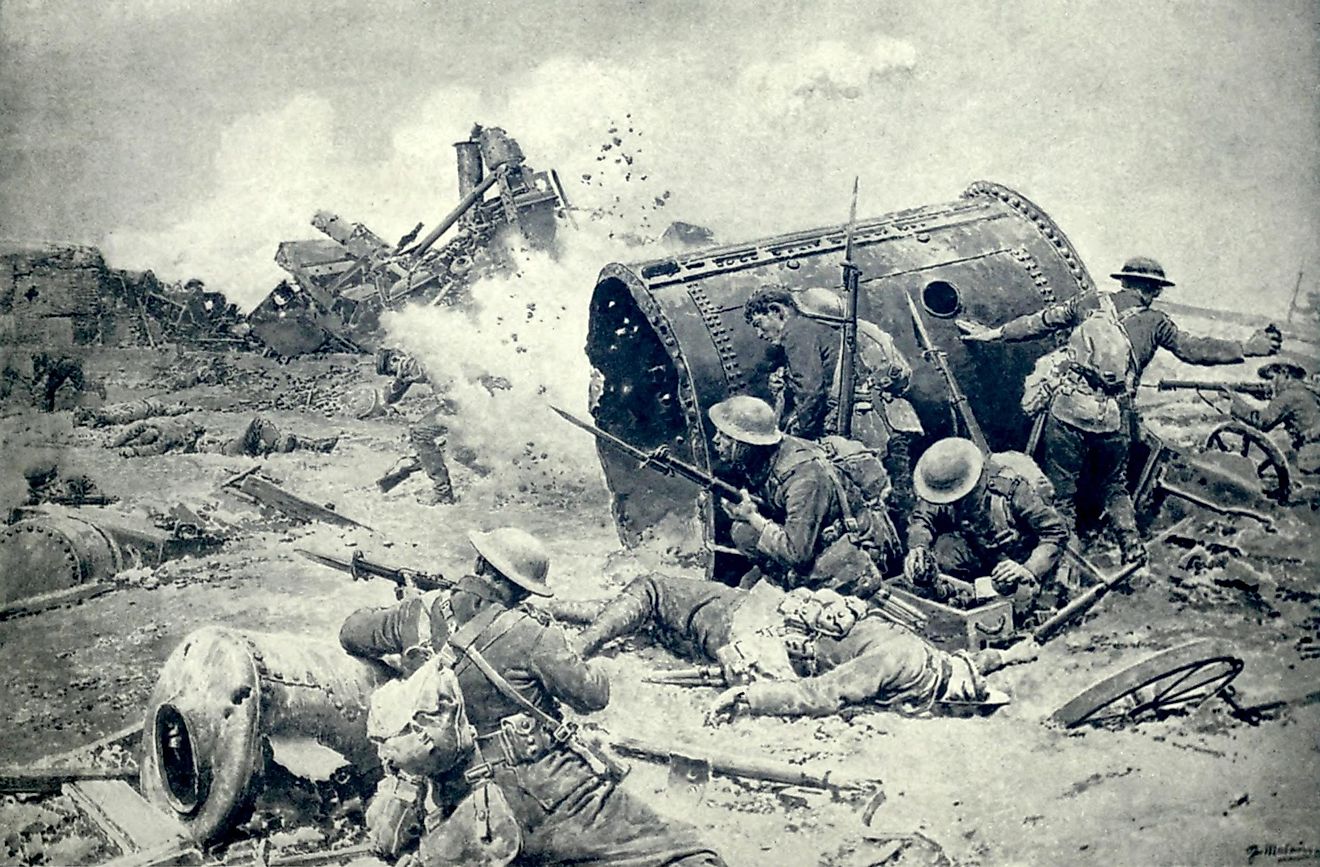
5 Cities with the Richest Ancient History
Ancient cities are sprinkled across the globe and evoke the fascination of tourists and historians alike. Some, like Cairo, contain ancient monuments and architecture spread amongst otherwise modern cities. Others, like Tikal were hidden for a period of time and have been unearthed, excavated, or otherwise discovered for modern audiences to explore.
Some ancient cities were constructed during our more modern era, though many were erected between 3000 Before the Common Era (BCE) and 500 Common Era (CE) on the Gregorian Calendar. Several are home to United Nations Educational, Scientific and Cultural Organization (UNESCO) World Heritage Sites.
All of the cities on this list fit the bill of cultural significance and outstanding universal value and are popular tourist haunts for the inquisitive at heart, whether for archival purposes or simply to satisfy curiosity!
Ellora, India

Carved out of mountains in Maharashtra in India are over one hundred stone caves, thirty four of which can viewed by the public.
Historians date the caves’ artwork to roughly 600-1000 CE. The site features a blend of Buddhist, Hindu, and Jain temples and monasteries, often located close to each other, reflecting cultural harmony. Carvings, statues, and temples depict deities from various religions, along with scenes of everyday life. Besides spiritual pilgrims and workers, historians believe the Ellora caves also served as a significant commercial hub where trade was common.
Angkor Wat, Cambodia
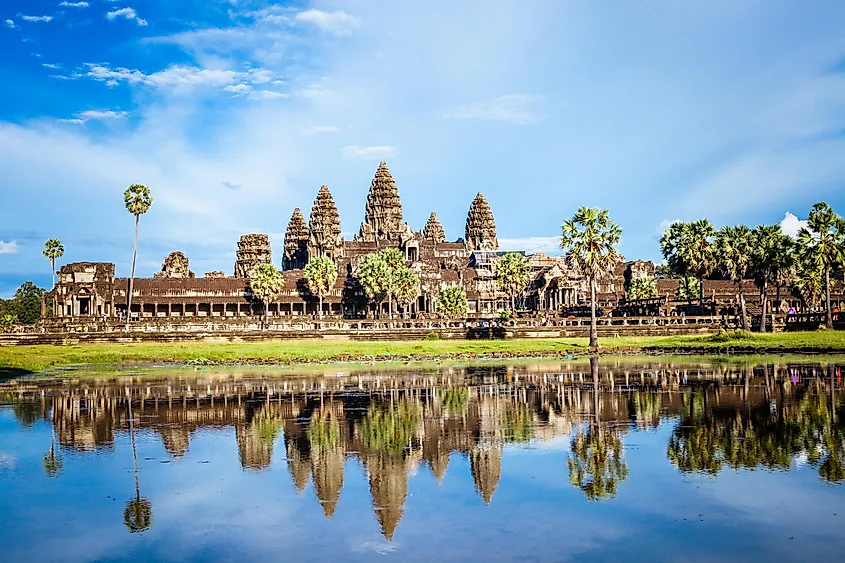
Built as a religious “mega-city” in the twelfth century by the Khmer Empire, Angkor Wat in Cambodia covers approximately 500 acres within Angkor Archeological Park.
Temples and towers depict scenes of life from the 9th to the 12th century. Although the jungle initially kept tourists away during the early 20th century, UNESCO's designation of Angkor Wat as a World Heritage Site in 1992 helped Cambodia attract more visitors to the site.
Rome, Italy
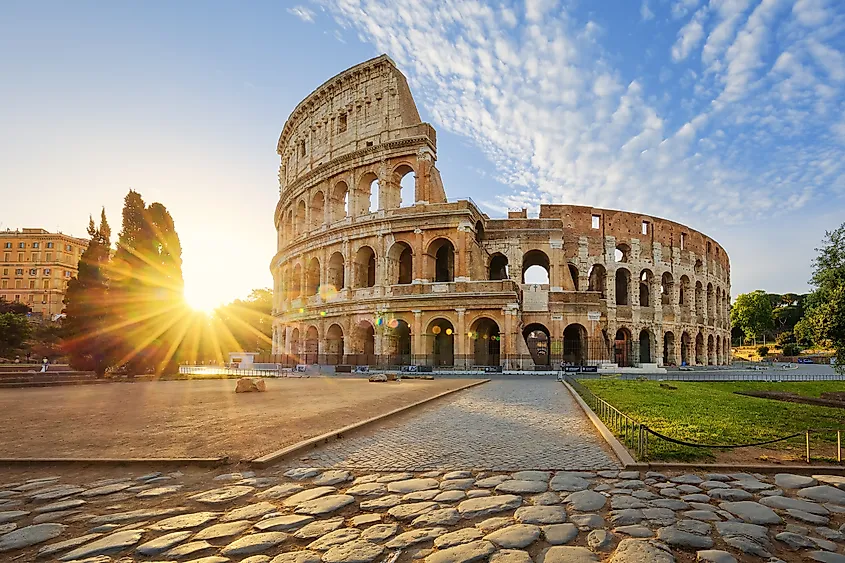
The Metropolitan City of Rome is densely populated with nearly four and a half million residents and is the capital city of Italy, making it a perhaps surprising addition to our list. What originated as a small trade town, founded in 783 BCE grew into an empire with sites set on globalization. Whether the empire stretched itself too thin from a military and fiscal standpoint until Roman culture and theology was simply subsumed by Christianity is a matter of some debate among historians.
What is undeniable however, is the enduring cultural significance of the city of Rome’s ancient architecture, mixed as it is amongst the new and cosmopolitan.
The Colosseum is perhaps the most recognizable historial monument in Rome, and was constructed around 2,000 years ago, where gladiators fought to the death for the pleasure of Emperors. The Roman Forum was a marketplace and meeting hub where the day-to-day business of Roman life transpired and remains a popular tourist and archeological site to this day. For adventure-seekers more inclined towards the macabre, the Roman Catacombs contain ancient burial grounds under the city in Christian and Jewish sections as well as Roman pagan burials.
Beijing, China

Beijing is another example of the modern mixed with the ancient. Like Rome, Beijing boasts capital city-status of The People’s Republic of China and hosts a whopping population of twenty one million residents.
Despite its modern amenities, Beijing was founded in 1045 BCE and includes seven UNESCO World Heritage Sites, such as the Forbidden City, Temple of Heaven, and Summer Palace.
The first sections of The Great Wall of China were constructed in the seventh century BCE, and the most recent and recognizable were built during the Ming Dynasty (1386-1644). It is considered to be one of the Seven Wonders of The World.
Other World Heritage Sites in Beijing are The Zhoukoudian Site Museum, The Ming Dynasty Tombs, Chengde Mountain Resort, Peking Man, Imperial Tombs of Ming and Qing Dynasties, Mukden Palace, and Chengde.
Machu Picchu, Peru
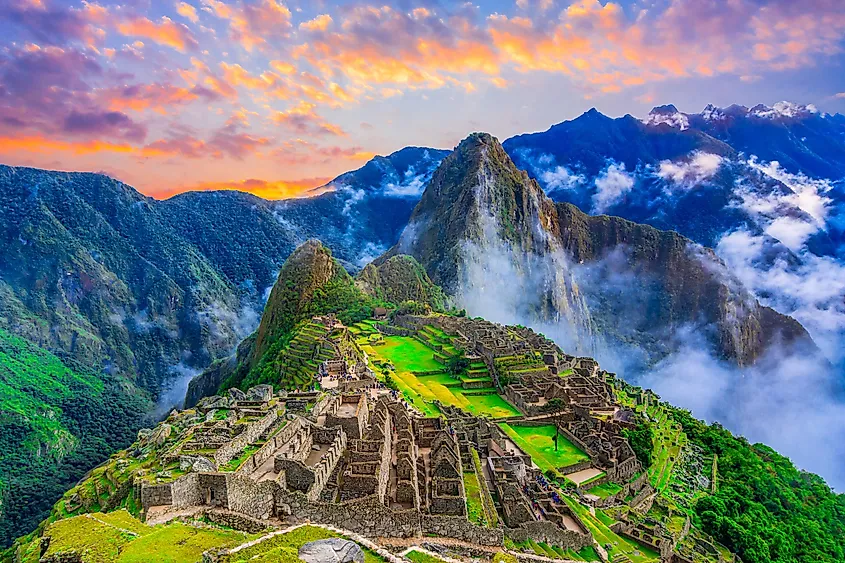
8,000 feet into the Andes lies an Incan citadel completely hidden from the outside world until the year 1911. Machu Picchu was believed to have been constructed around 1450 CE but was abandoned in 1572 to protect it from the invading Spanish.
The Incan civilization appears to have used little written language, so much of what we know about Machu Picchu comes from artifacts discovered by archaeologists and historians on-site. Despite our limited understanding of this ancient city, Machu Picchu continues to captivate both tourists and scholars.
